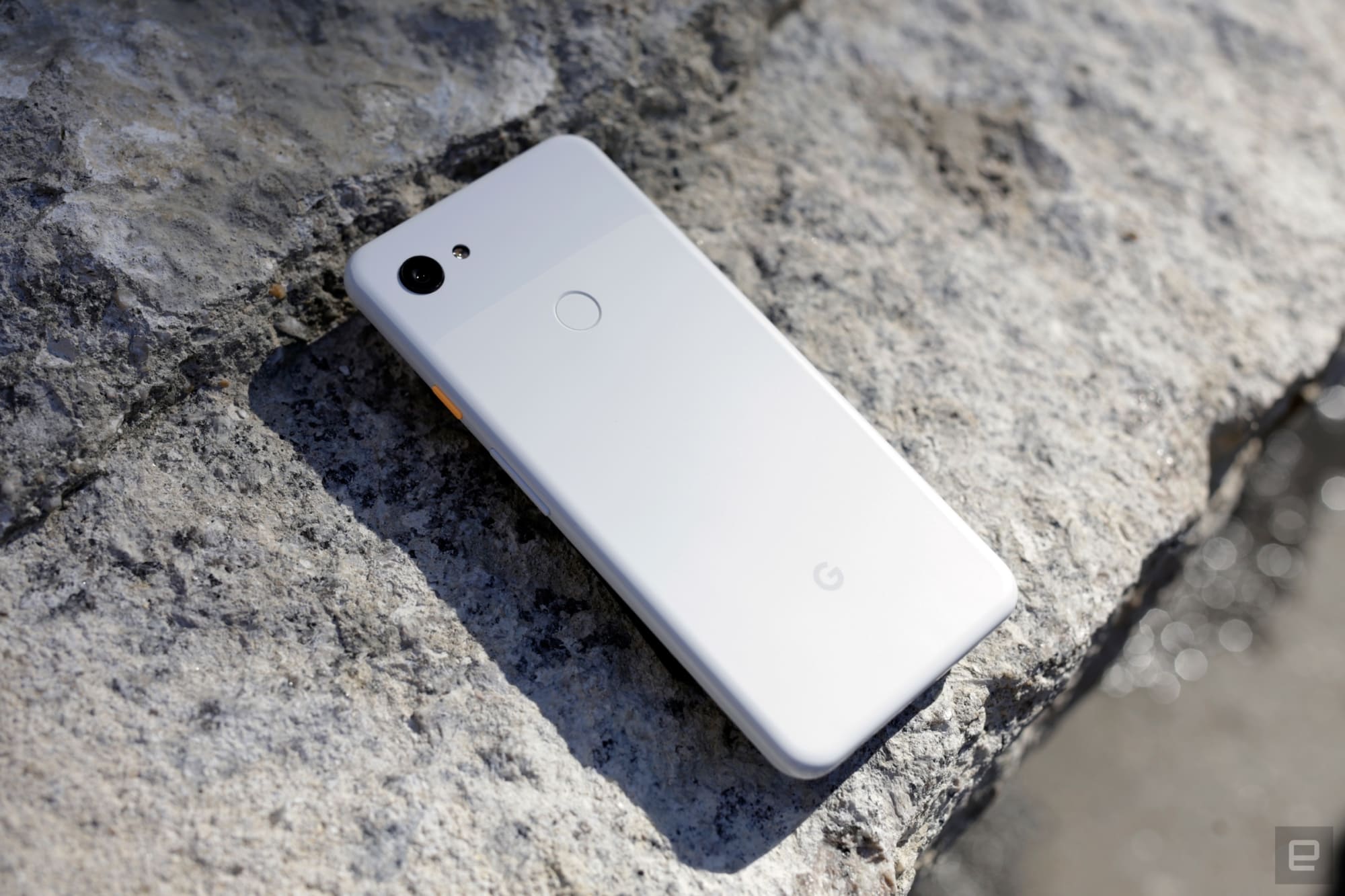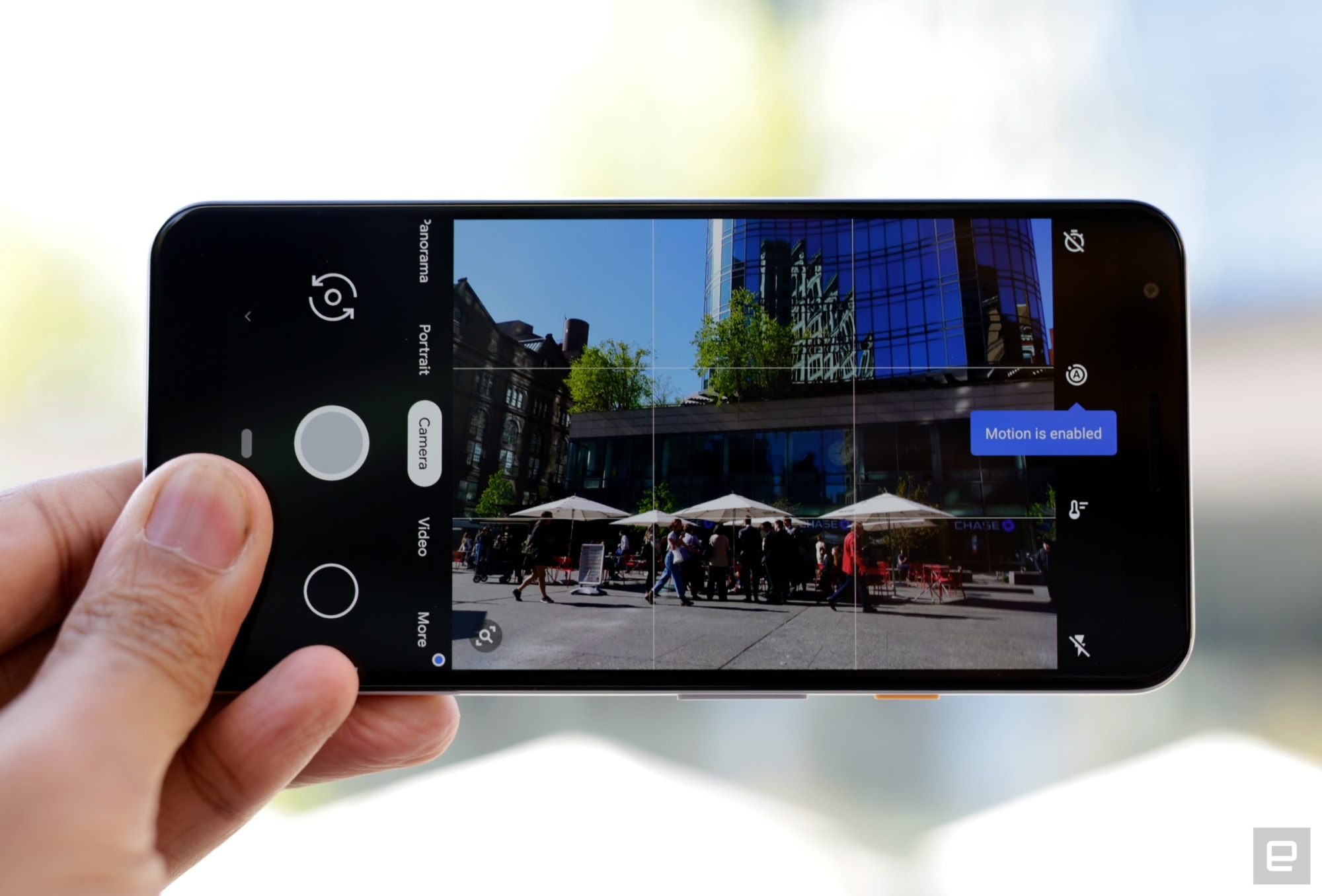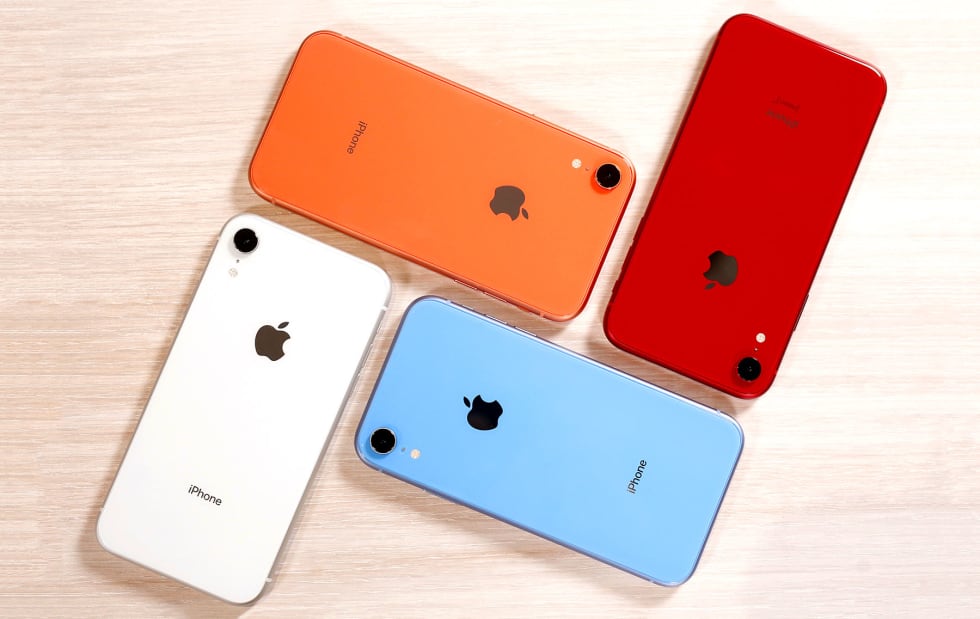
When it comes to phones, there hasn't been a year like 2019 in a while. Between the introduction of the first foldables and the rollout of technologies like 5G, 2019 wasn't just another year of comfortable iteration for manufacturers. Instead, it saw the introduction of devices that are likely to define the space moving forward, but none more so than the modest Pixel 3a.
When he reviewed it earlier this year, Chris Velazco wrote of Google and the 3a that "none of the compromises it made in producing this cheap Pixel actually feel like compromises." You could buy a great budget phone before the Pixel 3a, but more affordable devices used to mean some kind of compromise.
Take OnePlus, for example: The brand most Android enthusiasts for years recommended to their friends as the best bang-for-your-buck choice. Up to and including the OnePlus 7 Pro, buying a OnePlus phone often meant skipping on flagship features, like waterproofing and wireless charging, and, more than anything else, a good camera. And as OnePlus added better cameras to its devices, each subsequent phone cost more than its predecessor.

What makes the $400 and $480 Pixel 3a and Pixel 3a XL so pervasive is that they erased one of the last points of hardware differentiation between high-end and mid-range phones. While other features and specifications like high-resolution screens and fingerprint sensors have appeared in more affordable devices, cameras that don't take blurry photos -- or become a noisy mess as night falls -- have stubbornly stayed the domain of expensive phones.
At first glance, there isn't anything all that impressive about the Pixel 3a's camera. It lacks the dual- and triple-camera arrays of most other mid- to high-end phones released in the last year, it's not as versatile, nor does it take the most detailed shots, with a lower-resolution sensor than rivals. But what it's missing technically, it makes up for by being one of the most consistent phone cameras you can get for the price.

The computational photography features Google pioneered for the Pixel 3 are what make the 3a's camera so great. Instead of following the trend of just adding more cameras, the company made the interesting decision to build devices with a better camera. But consumers can easily see the value of more cameras (and, for that matter, other flashy hardware features like bigger displays and faster processors) -- it's much harder to convince them of the value of good software.
In the context of a budget phone, it makes sense. Not only could Google avoid cutting corners elsewhere but it also allowed the company to deliver one great camera, instead of multiple mediocre ones. With features like Night Sight and Super Res Zoom, the Pixel 3a was able to match and surpass more expensive single-lens phones like the iPhone XR.

It might seem strange to compare the Pixel 3a to the iPhone XR, a phone that, at the time, cost $350 more. However, when Google released the 3a, the iPhone XR was the mid-range phone to beat. In the first half of 2019, Apple shipped almost 27 million iPhone XR units, according to IHS Markit. In early 2019, the iPhone XR was the most compelling phone on the market for a lot of budget-minded consumers. More than any other comparison, the ways the 3a matches and surpasses the iPhone XR show best what Google was able to achieve with the phone.
One obvious positive comparison is that both 3a and 3a XL feature higher resolution displays than the iPhone XR. But more important is the Pixel 3a brought to mid-range Android phones something that has been the hallmark of iPhones for years: the promise of long-term software support.
Google has said it will furnish the 3a with three years of platform and security updates. Additionally, the company updates the 3a and its more expensive phones on the same day. Prior to the 3a, that kind of software support was unheard of on a mid-range Android phone. If you were lucky, you got access to one or two major Android releases. Even then, you were often waiting months for your phone's manufacturer to deliver those updates. That kind of software support is perhaps even more meaningful on an affordable phone than it is on an expensive one since it helps to further extend the life of the device, which ultimately saves more money over time.

Obviously, there are ways the Pixel 3a doesn't match the iPhone XR. It's not dust- and water-resistant, nor does it support wireless charging. But those are exactly the type of fit and finish differences that you would expect when comparing products in different price categories. What's important, especially in the context of the last ten-plus years of smartphone development, is that in its functionality and features people really care about, the two phones are nearly identical. In fact, the Pixel 3a was so compelling at $400, it likely played a major part in Apple's decision to price the iPhone 11 $50 cheaper than it originally priced the iPhone XR.
If you've seen any videos from Marques "MKBHD" Brownlee in the past five years, you've probably heard the YouTuber say at some point, "Cheap phones are getting good. And good phones are getting cheap." With the Pixel 3a, it's safe to say we've come to the point that cheap phones are good, period.
ENGADGET'S YEAR IN REVIEW 2019
- The best gadgets of 2019
- Spotify's podcast power play
- Our favorite games of 2019
- Streaming won't get cheaper or easier
- 2020 is VR's make-or-break year
- The best of Big Picture 2019
- To all the books we hit this year
- The best user reviews of 2019
- How Twitch started to lose its grip on game streaming
- The worst tech of 2019
- Apple spent 2019 giving us most of what we wanted
- The tech CEOs' year of reckoning
- 2019 wasn't the year of foldables we were promised
- The next wave of electric vehicles will appear in 2020
- The Pixel 3a was a turning point for affordable smartphones
- Monday 30th: Gaming in 2009 versus 2019
- Tuesday 31st: The year in cameras
- Tuesday 31st: Tech that defined the decade
